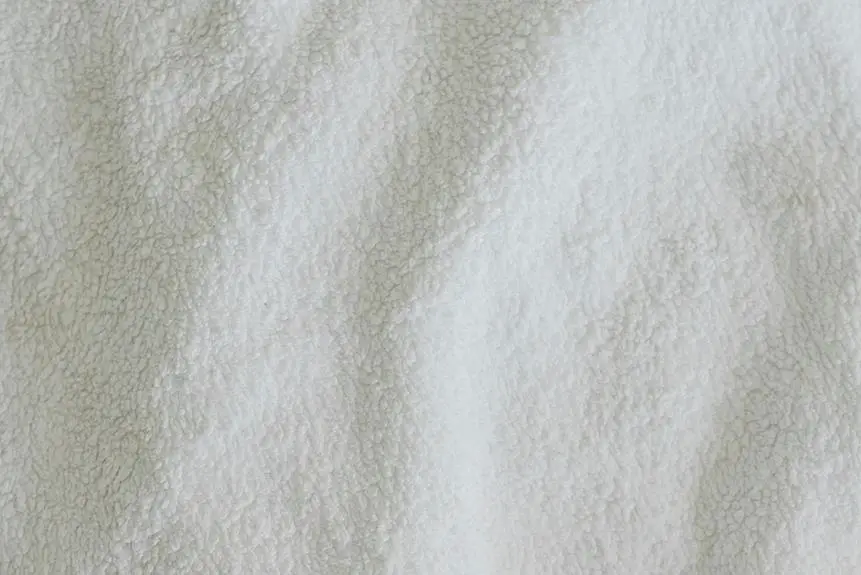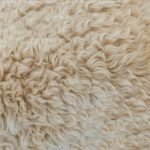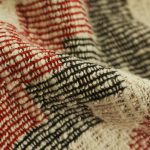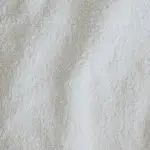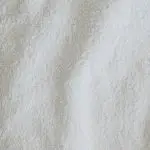When you think about terry cloth, you might not associate it with stretchiness, but the truth is more nuanced. While its cotton base offers limited elasticity, blends with materials like polyester or spandex can significantly enhance its flexibility. The construction of the fabric also plays a crucial role in its stretch properties. So, how does this affect your choices in fabrics for different applications? Understanding these details could make a difference in your next project.
Table of Contents
Key Takeaways
- Terry cloth primarily made from cotton has limited stretch, while blends with polyester or spandex offer greater elasticity.
- The construction of terry cloth, including loop tightness, affects its overall stretch and flexibility.
- Heavier terry cloth tends to be more structured, resulting in less elasticity compared to lighter versions.
- Fabric treatments like washing and drying can alter the elasticity of terry cloth over time.
Understanding Terry Cloth Composition
Terry cloth, which is made primarily from cotton or a cotton blend, features looped fibers that give it its unique texture and absorbency. This fabric's construction allows it to effectively soak up moisture, making it a popular choice for towels, bathrobes, and other absorbent items. You'll notice that the loops create a soft surface that feels comfortable against your skin, perfect for those post-shower moments.
The composition of terry cloth typically includes varying percentages of cotton and polyester. Cotton contributes to the fabric's softness and absorbency, while polyester enhances its durability and quick-drying properties. When you choose terry cloth products, you're getting a blend that balances comfort with practicality.
Additionally, the weight of terry cloth can vary, impacting its feel and functionality. Heavier terry cloth is often used in bath towels, offering more absorbency, while lighter versions may be found in washcloths and lightweight robes. Understanding the composition helps you make informed choices about which terry cloth items best suit your needs.
Elasticity Properties of Fabrics
When evaluating fabrics, it's crucial to consider their elasticity properties, as this can significantly affect how they fit and feel during wear. Fabrics can be broadly classified into three categories based on their elasticity: stretchy, semi-stretchy, and non-stretchy. Each category offers different benefits and limitations, which can influence your choice for specific applications, whether it's clothing, upholstery, or towels.
- Stretchy fabrics like spandex can hug your body, providing a snug fit that moves with you.
- Semi-stretchy fabrics such as cotton blends offer a comfortable level of give, allowing for freedom of movement while retaining structure.
Understanding these properties helps you make informed decisions. If you want comfort and flexibility, you'll lean toward stretchy options. If you prefer durability and structure, non-stretchy fabrics might be your go-to.
Ultimately, knowing how much give a fabric has can enhance your overall experience with it, ensuring you find the perfect fit for your needs.
Factors Influencing Stretch in Terry Cloth
Understanding the factors that influence stretch in terry cloth can help you choose the right fabric for your needs, especially since its elasticity can vary based on composition and construction.
One major factor is the fiber content. Cotton, the most common material, has limited stretch, while blends with polyester or spandex can offer more elasticity.
The fabric's construction also plays a vital role. Terry cloth features loops that can expand and contract, impacting how it stretches. The tighter the loops, the less stretch you'll typically experience. Conversely, looser loops allow for greater flexibility.
Additionally, the weight of the terry cloth can affect its stretch. Heavier fabrics often have more structure, which may limit stretch, whereas lighter options can feel more forgiving.
Lastly, treatment processes like washing and drying can alter elasticity. Over time, repeated exposure to heat may cause fibers to lose their ability to stretch.
Comparing Terry Cloth With Other Fabrics
Comparing terry cloth to other fabrics reveals significant differences in stretch, absorbency, and overall comfort.
While terry cloth is soft and absorbent, fabrics like cotton or polyester behave differently when it comes to elasticity. Cotton, for instance, offers minimal stretch but excels in breathability, making it ideal for everyday wear. On the other hand, polyester is known for its durability and resistance to wrinkles, but it doesn't absorb moisture as effectively as terry cloth.
When you think about these fabrics, consider the following:
- Terry Cloth: Plush loops that soak up water quickly, perfect for towels and bathrobes.
- Cotton: Soft and breathable, but it tends to lose shape over time.
These differences significantly influence your choice depending on your needs.
If you're looking for absorbency and comfort, terry cloth stands out. However, if durability or breathability is your priority, you might lean toward cotton or polyester.
Each fabric has its unique qualities, making your selection process crucial based on your intended use.
Practical Applications of Terry Cloth
Terry cloth's unique absorbent properties make it an ideal choice for a variety of practical applications, from bath towels to spa robes. When you're looking for something to dry off quickly, terry cloth's loops trap moisture effectively, making it a top pick for bath linens. You'll appreciate how soft and plush it feels against your skin, providing comfort after a shower.
Additionally, terry cloth is commonly used in athletic wear, such as headbands and wristbands. When you're working up a sweat, the fabric's ability to absorb moisture helps keep you dry and comfortable during your workout.
It also finds its place in baby products, like washcloths and hooded towels. The gentle texture is perfect for delicate skin, ensuring a soothing experience for your little one.
In the realm of home textiles, terry cloth is often used for kitchen towels and cleaning rags due to its durability and absorbency. Whether you're tackling spills or drying dishes, this fabric gets the job done efficiently.
Frequently Asked Questions
Can Terry Cloth Be Used for Athletic Wear?
Yes, you can use terry cloth for athletic wear. Its absorbent nature helps wick away sweat, making it comfortable during workouts. Just ensure it's combined with stretchy materials for better movement and flexibility.
How Does Terry Cloth Hold up After Multiple Washes?
After multiple washes, terry cloth generally maintains its shape and softness, though some fading or pilling may occur. You'll find it durable, but always check care instructions to maximize its lifespan and appearance.
Is Terry Cloth Suitable for Sensitive Skin?
Yes, terry cloth's soft texture makes it suitable for sensitive skin. It's gentle and absorbent, reducing irritation. Just ensure you choose high-quality, pure cotton options to enhance comfort and minimize any potential allergic reactions.
What Colors Are Commonly Available for Terry Cloth?
You'll find terry cloth in a variety of colors, including classic whites, soft pastels, vibrant hues, and earthy tones. This range allows you to choose the perfect shade for your project or personal preference.
How Is Terry Cloth Different From Cotton Towels?
Terry cloth's looped texture provides greater absorbency compared to flat cotton towels. While cotton towels are often smoother, terry cloth's unique design makes it ideal for drying and comfort, enhancing its overall functionality.
- Kevlar Stab-Proof Fabric: Standards and Real-World Testing - June 21, 2025
- Kevlar in St. Paul, MN: Local Suppliers and Fabricators - June 21, 2025
- Kevlar Fabric Samples: Testing Before Purchase - June 21, 2025

